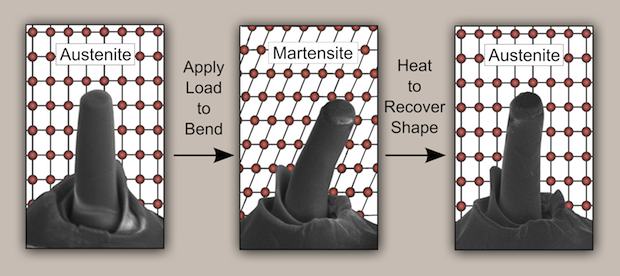Delegates attending the second technical conference organized by the Serbian Ceramic Society in Belgrade, Serbia, Sept. 30–Oct. 1, 2013. (Credit: Mitic.) Last week the Serbian Ceramic Society held its second…
Read MoreOther materials stories that may be of interest.
Read MoreIf small enough, zirconia rods exhibit shape memory and superelastic properties without crumbling.
Read MoreOther materials stories that may be of interest.
Read MoreTwo recent papers in the ACerS International Journal of Applied Glass Science by a Corning Inc. team show the science behind commercial glasses for LCD substrates.
Read MoreOther materials stories that may be of interest.
Read MoreOther materials stories that may be of interest.
Read MoreOther materials stories that may be of interest.
Read MoreOxygen ‘sponge’ may lead to improved catalysts, energy materials Scientists at the US Department of Energy’s Oak Ridge National Laboratory, Oak Ridge, Tenn., have developed a material that can easily…
Read MoreGlassy SiOC sensors responded well to NO2 below 400°C. Above 400°C, sensitivity to NO2 disappears, and they become responsive to H2, but the concentration is much higher—5 ppm for NO2 compared to 2,000 ppm for H2.
Read More




